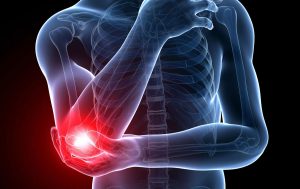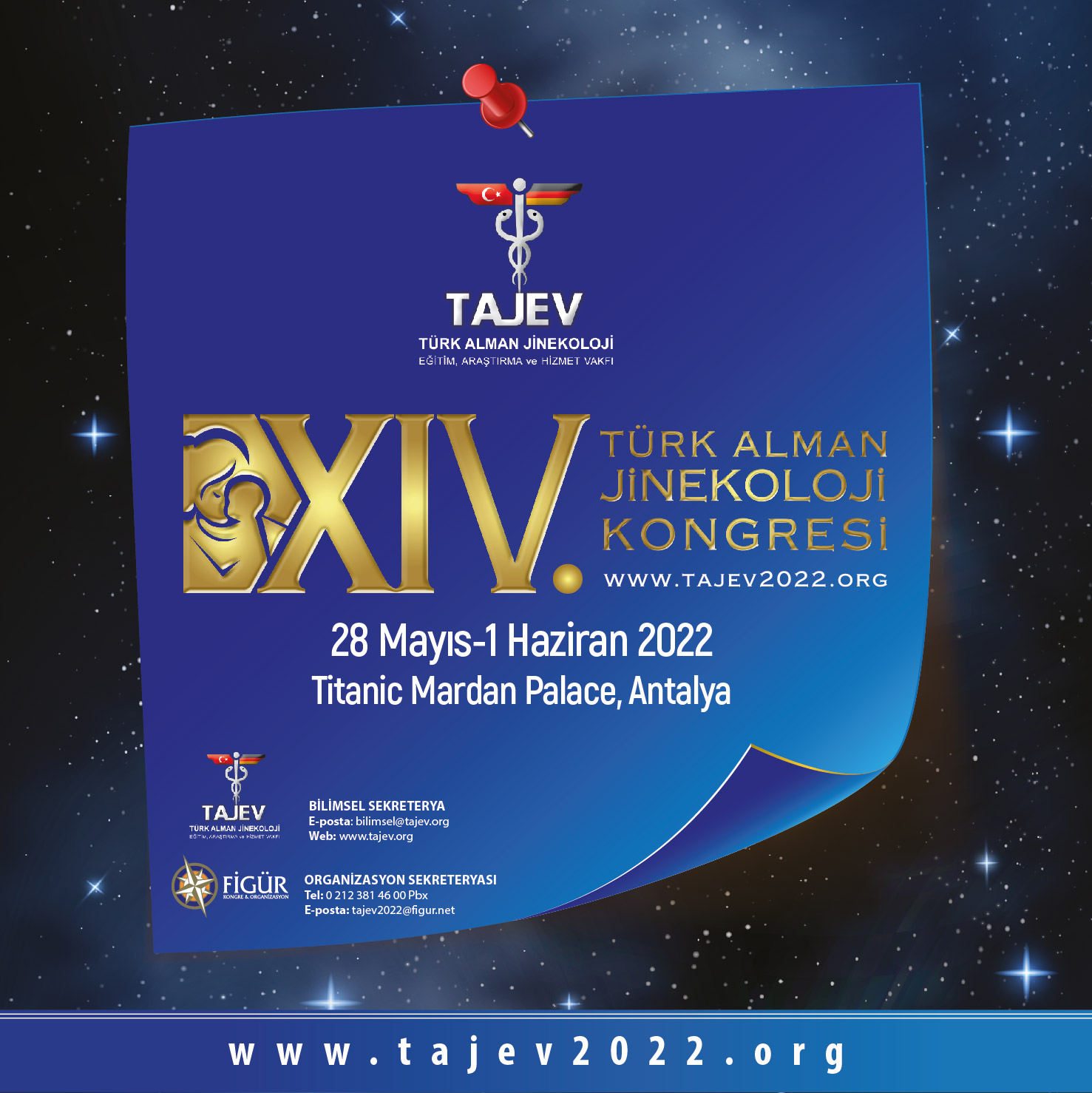Noting that Tennis Elbow disease gets this name because it is mostly seen in people who play tennis, Physiotherapist Leyla Altıntaş, Therapy Sport Center, Physical Medicine Center, detailed on the disease.
 How to prevent Tennis Elbow in 6 steps?
How to prevent Tennis Elbow in 6 steps?
Tennis Elbow, medically known as Lateral Epicondylitis is the inflammation of the protruding bone on the outer edge of the elbow, to which the muscles that move the wrist upwards adhere, due to strain, that is, edema. The most important symptom is pain on the outside of the elbow that occurs with touch or forceful movements. The severity of the pain varies according to the magnitude of the event. In the initial phase, there is pain in very demanding activities, while in the advanced stages of the disease, simple daily life activities such as combing hair, washing face, brushing teeth make the person very difficult.
“The biggest mistakes made by tennis players are the wrong application of the backhand technique, the grip part of the tennis racket is not wide enough to match the hand, and the racket is held too tightly. Long-term tight grip movements cause the muscles in the wrist and elbow to be overtired and unable to relax. For this reason, it causes the bone tissue to be forced and edematous where the muscles attach. Although it is called tennis elbow disease, we see this disease more frequently in desk workers and housewives in today’s conditions. Especially in long-term computer use, when using a mouse, the wrist and finger muscles stay tight for a long time and cannot relax, therefore, first of all, sensitivity develops at the attachment site, and if repetitive trauma continues, it causes permanent disorders in the bone. We encounter the same disease in housewives as a result of repetitive compulsive activities such as wringing the diaper, opening tight jars, cutting with a knife and peeling.”
What are the ways to prevent Tennis Elbow?
Physiotherapist Leyla Altıntaş noted the following about ways to prevent Tennis Elbow:
1-Before doing sports, you should warm up thoroughly; Stretching movements should be performed in accordance with the wrist, finger and elbow muscles.
2- Equipment used in sports should be personal and compatible with the physical characteristics of the person.
3-When playing tennis, the backhand technique must be applied correctly.
4- Wrist supported mousepad should be used for desk workers, working intervals should be adjusted well and stretching exercises should be done for wrist, finger and elbow muscles during these break periods.
5-For housewives, compelling activities should be distributed throughout the day without forcing too much.
6-The wrist, finger, elbow and shoulder muscles should always be strong and flexible.
 Tennis Elbow treated?
Tennis Elbow treated?
Physiotherapist Leyla Altıntaş concluded, “In the treatment, primarily the pain and edema in the elbow area are tried to be relieved. Appropriate medications given by the doctor for this, ice application and special elbow braces used in the elbow area are acute phase treatments. The purpose of using the elbow is to rest that area. Ice application 3-4 times a day for 15 minutes helps to disperse edema and reduce pain. In the period when the pain begins to decrease, strengthening the muscles with gradually increasing exercise programs and providing flexibility with appropriate stretching exercises prevents the recurrence of the disease. In painful situations that do not last for a long time, physical therapy applications and ESWT (Shock Wave Therapy), one of the new generation treatments, accelerate the repair of the tissue by increasing blood supply and oxygenation in that area. Local injection applications to the painful area and PRP treatments are other treatment methods. Approximately 85-90% of patients recover with conservative treatment. In cases that do not heal and become very chronic, surgery can be applied.”



